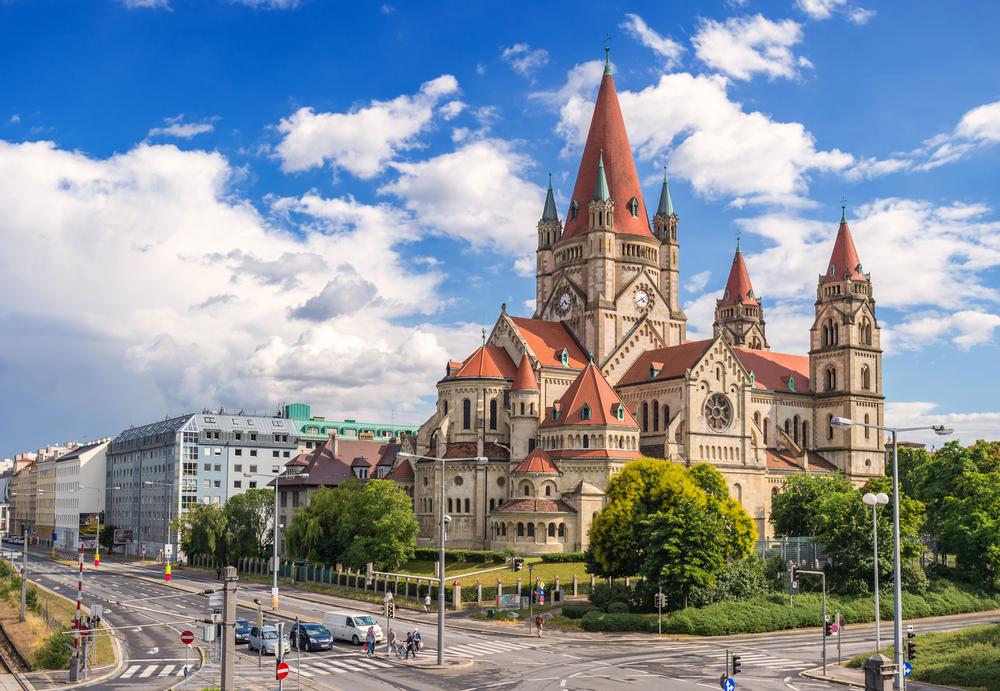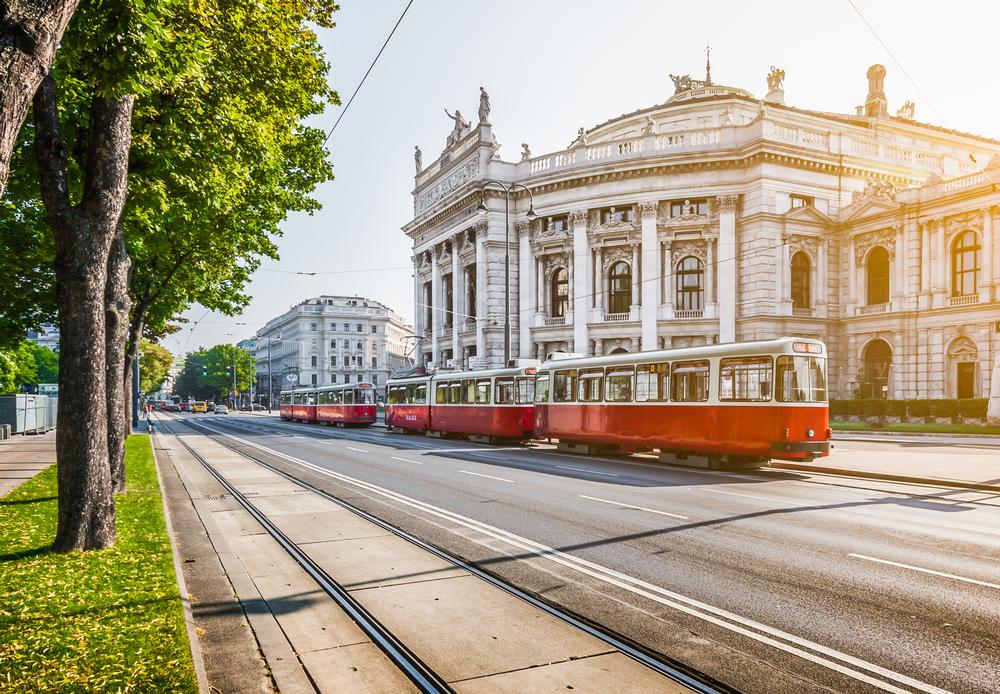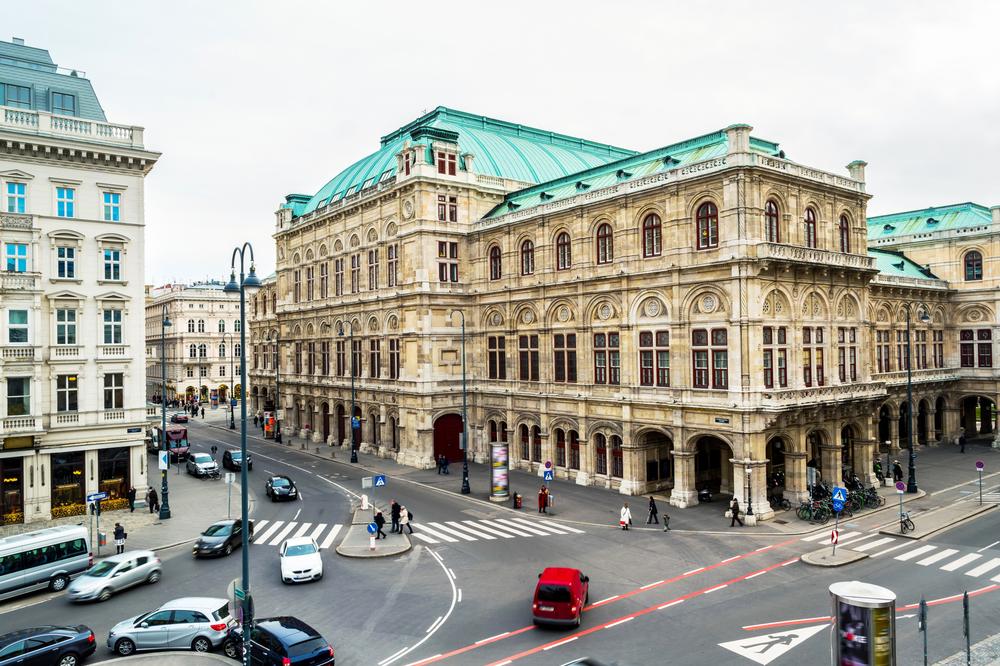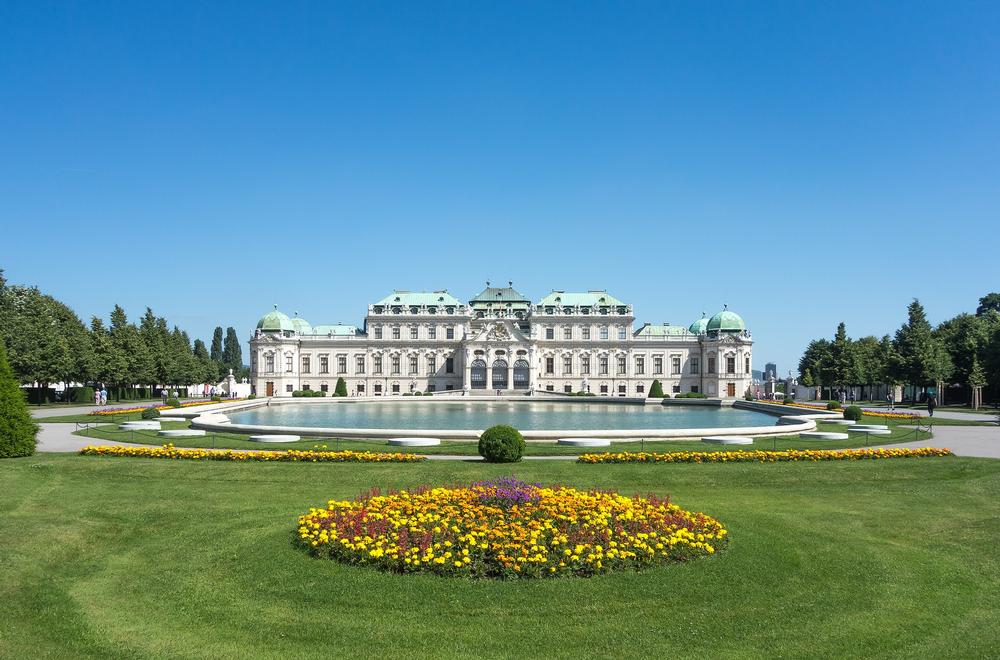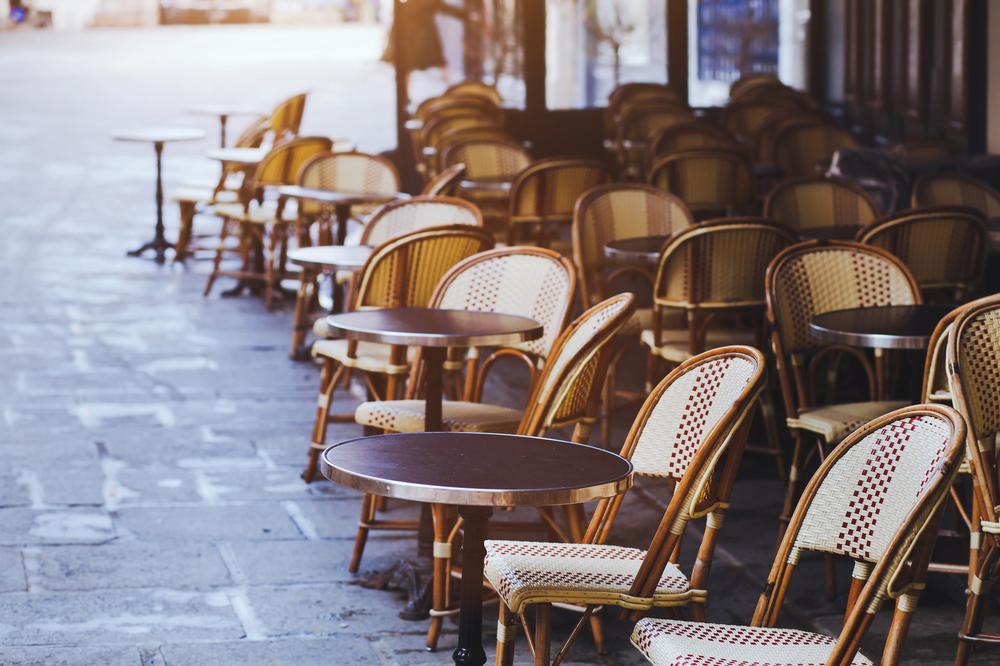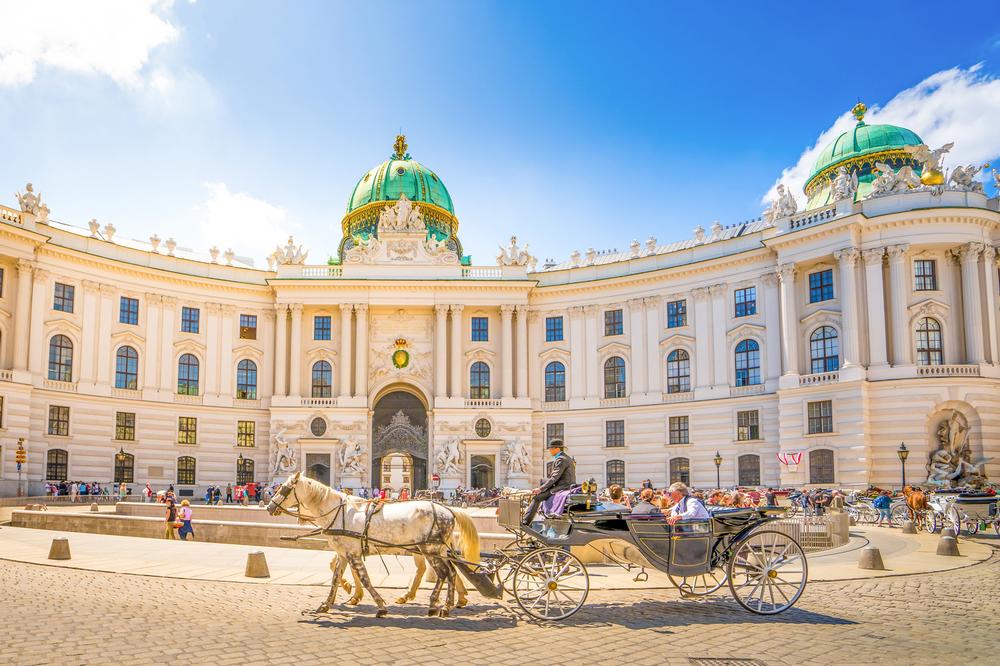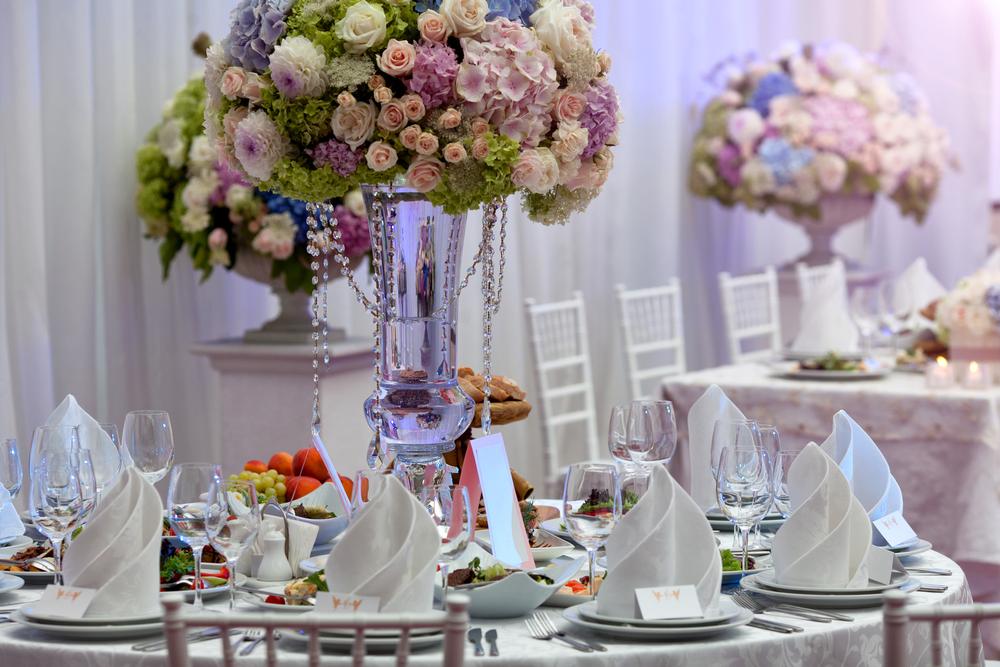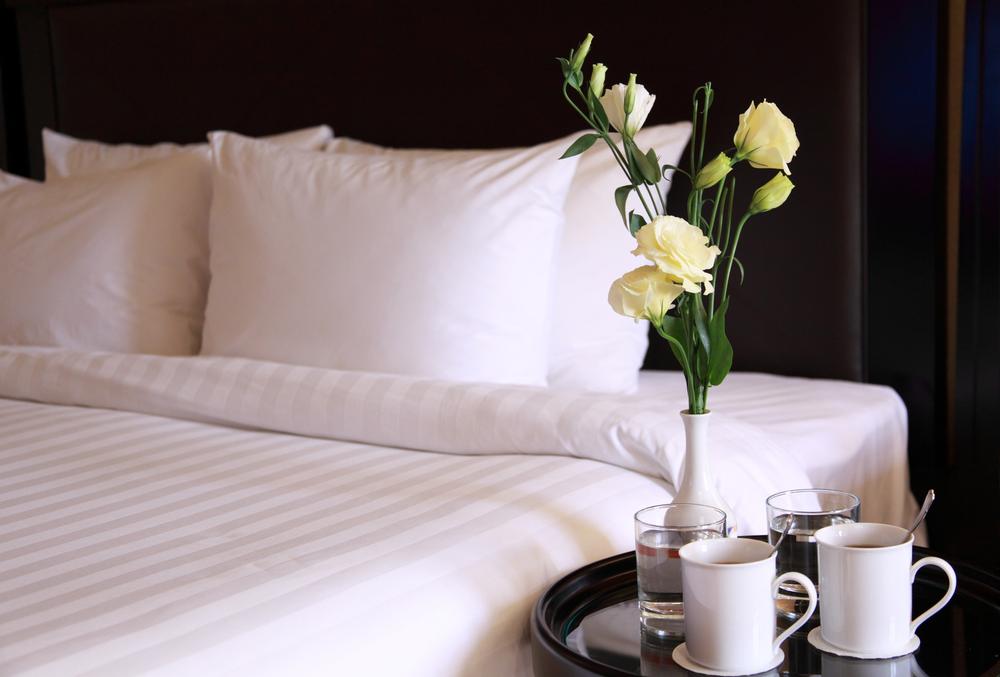Dreaming of baroque streets and cozy cafés? Here’s what you need to know about Vienna’s weather before packing your bags!
If you are in a hurry, I recommend:
Weather by Month:
📔 I get asked this a lot so I decided to include it:
-
When is the most popular time to visit Vienna?
- The most popular season is during the summer, and many consider this the best time to visit Vienna, Austria.
-
What is the weather like in Vienna during summer?
- The weather between July and August is the city’s warmest and sunniest.
- However, along with this comes high room rates and crowds.
-
Why is summer a busy season in Vienna?
- Schools have breaks at this time of the year.
- Many families visit Vienna in the summer.
-
Is winter a good time to visit Vienna?
- Winter is also a popular time to visit Vienna.
- The weather is cold, but many people enjoy the beautiful lights and all of the other things that come with a Viennese Christmas.
-
When is the weather mild and comfortable in Vienna?
- Spring and fall are good times to visit Vienna.
- The weather is pleasant and mild.
- There are fewer crowds, and room rates are more affordable.
-
When is the best time to visit Vienna without long lines?
- Perhaps the best time to visit Vienna is during the months of April and May.
- During this time, the tourist season is just about to pick up.
- You can visit the most popular attractions in the city without really having to worry about waiting in long lines.
-
When do most festivals take place in Vienna?
- For the best of Vienna’s events, the best time to visit is in June.
- This is when most of the festivals take place.
-
When is Vienna the least crowded?
- If you would like to visit Vienna with the least amount of other tourists as possible, September through October is the ideal time to visit.
- Just be prepared for the cold weather!
Plan Your Trip



